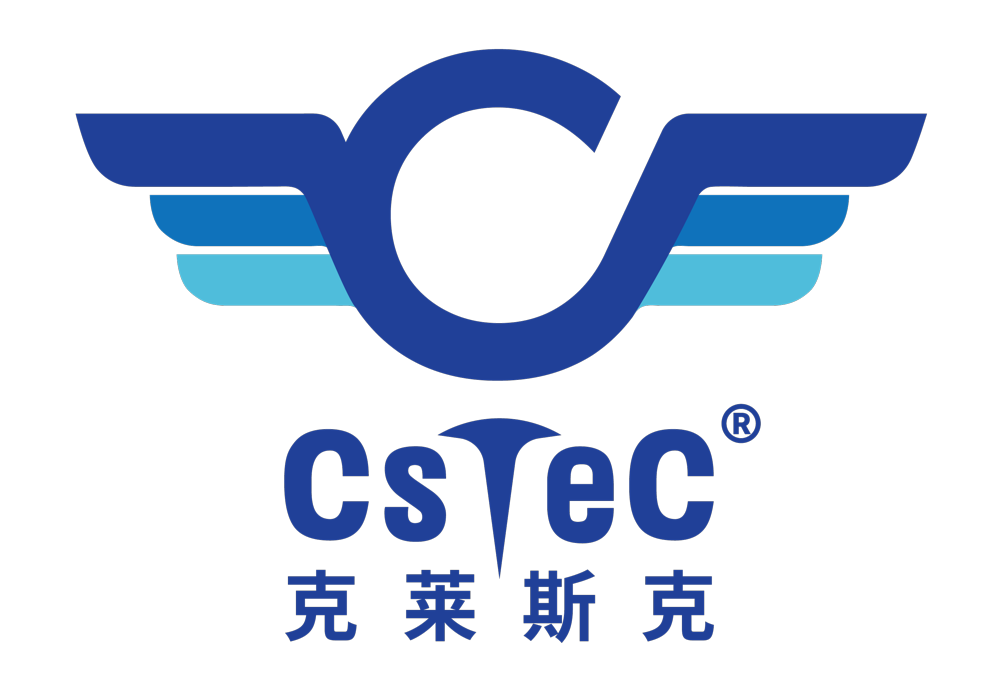Energy Sector
Energy Sector
Discussion on corrosion causes of oil and gas well pipes and protective measures
In the development and production process of oil and gas fields, oil and gas well pipes are in the underground environment of high temperature and high pressure, and are eroded by harmful gases such as carbon dioxide and hydrogen sulfide, which leads to serious corrosion of oil and gas well pipes, often resulting in pump leakage, pipe leakage, rod and tube breakage and other hazards, which seriously affect the normal development and production of oil and gas fields. The specific corrosion types and corrosion reasons of the pipes are roughly as follows:First, pipe corrosion category1.1. Tubing corrosionThe form of tubing
The types and differences of thread compound
Thread compound is a kind of auxiliary sealing material specially used in oil casing and thread of drilling tool in oil drilling and completion business.The thread compound can play a sealing and lubricating role to prevent the oil casing and the drill thread from being damaged by friction during use. According to the use difference, thread compound can be subdivided into oil casing thread sealing grease and drilling tool thread compound. The main function of the sealing grease of the oil casing thread is to lubricate and seal, ensure that there is no sticking during the process of up and
The common anticorrosion methods and differences of pipes
What are the ways of pipeline anticorrosion ?1, pipeline external anti-corrosion design petroleum asphaltThis is a relatively old pipeline anticorrosion method, mainly used in dry areas. But now are the use of epoxy coal asphalt to replace petroleum asphalt to do anti-corrosion, not only good anti-corrosion effect can be excellent, the price is more affordable.2, pipe wall coating anticorrosive paintThis way is to use paint on the outer wall of the pipeline, but to maintain uniform and dense, the pipeline and a variety of corrosive media to separate, which is a more commonly used pipeline anticorrosion method. For example, ProteKO-COAT
The classifications and applications of the Nickel-based alloy material
Nickel-based alloy refers to a class of alloys with high strength and certain antioxidant corrosion resistance at 650 ~ 1000℃. According to the main properties, it is subdivided into nickel-based heat resistant alloy, nickel-based corrosion resistant alloy, nickel-based wear resistant alloy, nickel-based precision alloy and nickel-based shape memory alloy. According to the different matrix, superalloy is divided into: iron based superalloy, nickel based superalloy and cobalt based superalloy. Nickel-based superalloy is referred to as nickel-based alloy.The main alloying elements of corrosion resistant alloy are copper, chromium and molybdenum. It has good comprehensive properties and can withstand various acid corrosion and
The preparations and precautions before the connection of 13Cr tubing and casing
Check the 13Cr oil, casing body and collar surface for collision scars (especially transverse nicks) and deformation, otherwise it cannot be entered into the well.Because the 13Cr material is relatively soft, when cleaning 13Cr oil and casing wire fasteners, you can only use a non-metallic (such as nylon) brush to clean the fasteners or paint. When cleaning the fastener, carefully clean all the male and female fastener ends with a high efficiency cleaner and a cloth and brush. At the same time, it is necessary to check the sealing surface of the buckle, especially the buckle (male buckle and female


